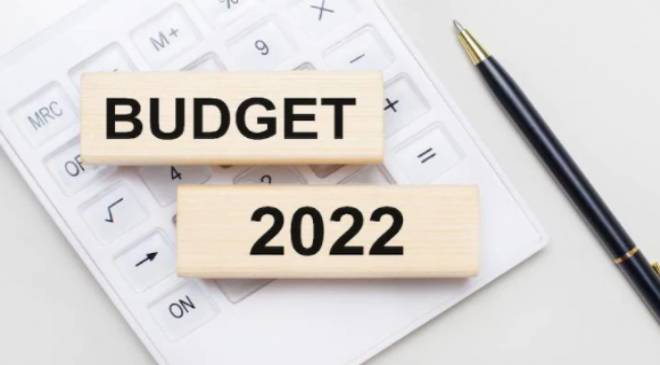“Expenditure needs are clearly cut-out and the government should not shy away from them to attain its objective of fiscal consolidation. The good thing is that resource generation might not be the biggest problem in FY23 as, with sticky inflation, nominal growth for the economy is likely to be close to 14 percent in FY23 on top of the 17.6 percent estimated for FY22.
Indranil Pan, chief economist at YES Bank
Read More:- Fitness tips every pregnant woman should know so as to give safe, healthy birth
It is that time of the year when markets await the Union Budget. From the time COVID-19 hit, the government has agreed to take a large GFD/GDP ratio (gross fiscal deficit/gross domestic product) in its stride, allowed for a sharp increase in its borrowing programme, leading to a significant increase in the public debt/GDP ratio. Expectedly, there are some calls for a fiscal consolidation, lest the debt becomes overly burdensome for future generations to pay or financial stability becomes an issue.
Can the government go for a fiscal consolidation immediately? The current economic landscape may not allow them to do so. The economy was anyways slowing over many quarters before COVID-19, implying structural impediments. With COVID-19, these impediments have probably only strengthened and thus the economy would need to be on policy crutches for full recovery to take shape.
A look at the data will make this clear. Advance GDP estimates (AE) published recently indicate that India is likely to grow at a real rate of 9.2 percent in FY22. The worry is weak private consumption demand and the still-frail consumer sentiment. The AE indicates that the private consumption expenditure will still be lower than the pre-COVID-19 level in FY22 by 2.9 percent. And, even more important is the fact that per capita GDP in FY22 at constant prices is at Rs 1,07,801 and this continues to be lower than the level of Rs 1,08,645 in FY20.
Government’s policy focus has principally been on reforms strategies that boost the production sector. However, the missing link here is consumption demand and thus getting private investment demand back on track merely through the enablers of PLI (production linked incentive), etc, may not work as underutilisation of capacity remains high. Even the low interest rates of the central bank and negative real rates have not enthused credit flows for investment purposes.
With the onset of Omicron, the challenges of Budget-making have probably increased. The economy continues to remain multi-speed: both on the production side as also on the demand side. The Reserve Bank of India (RBI) has already removed the liquidity comfort from the system and some banks have gone ahead and increased the deposit rates. Sooner than later, the harsh tightening that the US Fed is launching itself into could mean that RBI would have to raise the repo rate.
With the economy still tender, the fiscal cannot contract when RBI is tightening. The role of the fiscal should continue to remain redistributive, try and push up job growth in the economy and continue its resource support for schemes such as the MNREGS (Mahatma Gandhi National Rural Employment Guarantee Scheme). While the government has been leading investments, there could be some worries with the implementation part, evident in the slow pace of capital expenditure in the current financial year. Thus, to provide a push to the economy, the government will have to better strategise the implementation of projects that will also enable job growth and help stabilise consumption demand.
Read More:- Weekend curfew: Delhi hotels turn into holiday destinations
Two important areas that cry for attention are healthcare and education sectors. COVID-19 has exposed the need for large investments in both these areas. In the last budget, the healthcare sector allocations were raised by 137 percent, but this included the cost of vaccines as also water and sanitation. The need of the hour is to improve the healthcare and education infrastructure (access to education for poor in backward areas has been impacted). Health and education remain important as they can have implications for the future productivity of the workforce. Private-public participation could be the way forward here.
Expenditure needs are clearly cut out and the government should not shy away from them to attain its objective of fiscal consolidation. The good thing is that resource generation might not be the biggest problem in FY23 as, with sticky inflation, nominal growth for the economy is likely to be close to 14 percent in FY23 on top of the 17.6 percent estimated for FY22. This is likely to be beneficial for tax collection. Our calculations indicate that the government may target for a GFD/GDP of 5.8 percent for FY23, but with the GFD remaining large at Rs 15.4 trillion, entailing a borrowing programme of close to Rs 13 trillion.





































